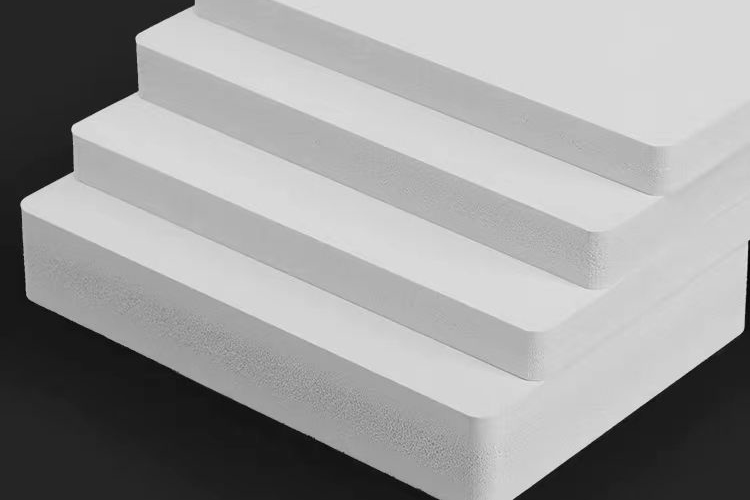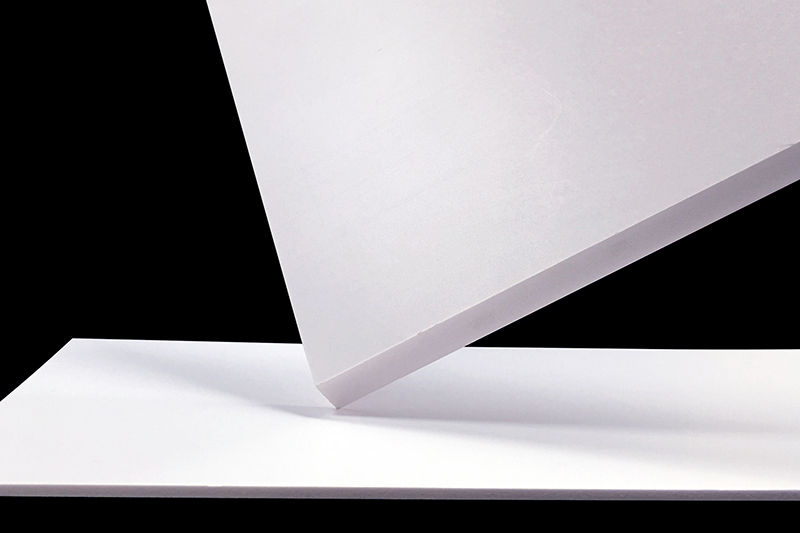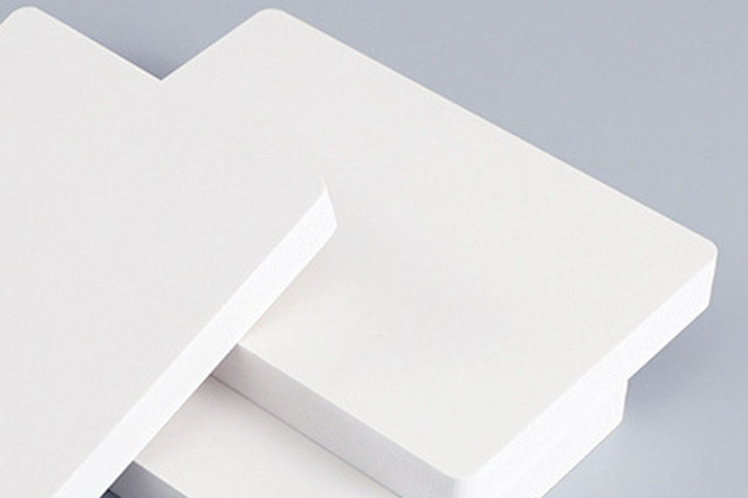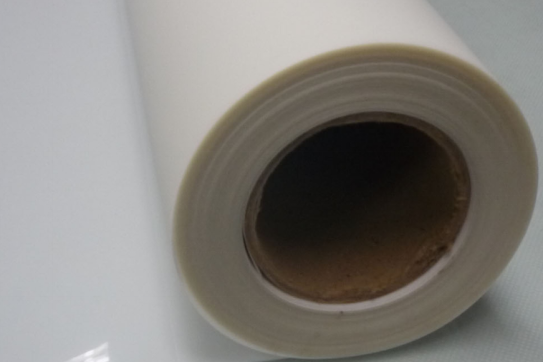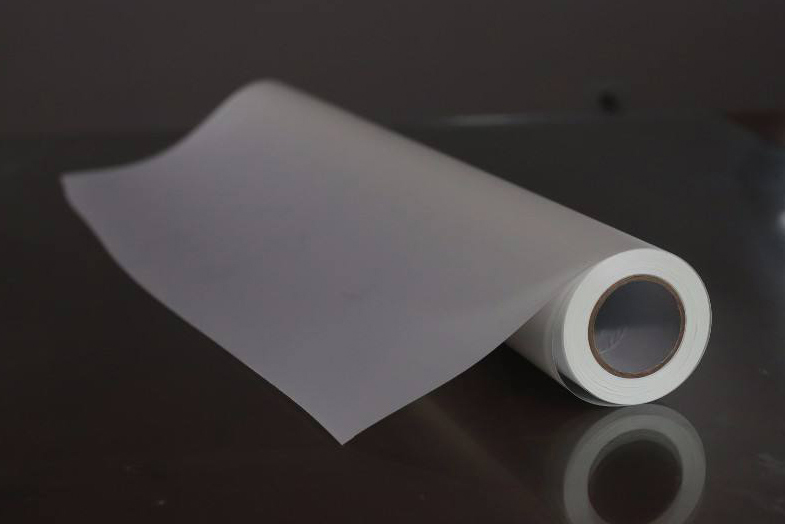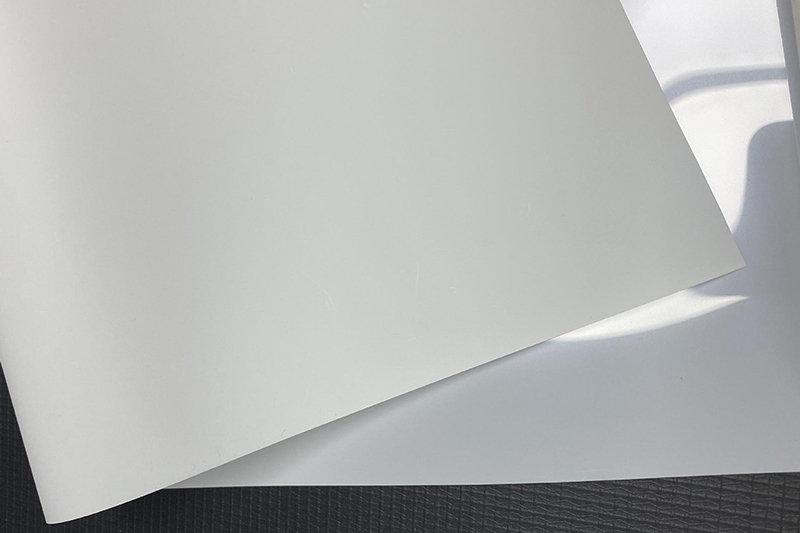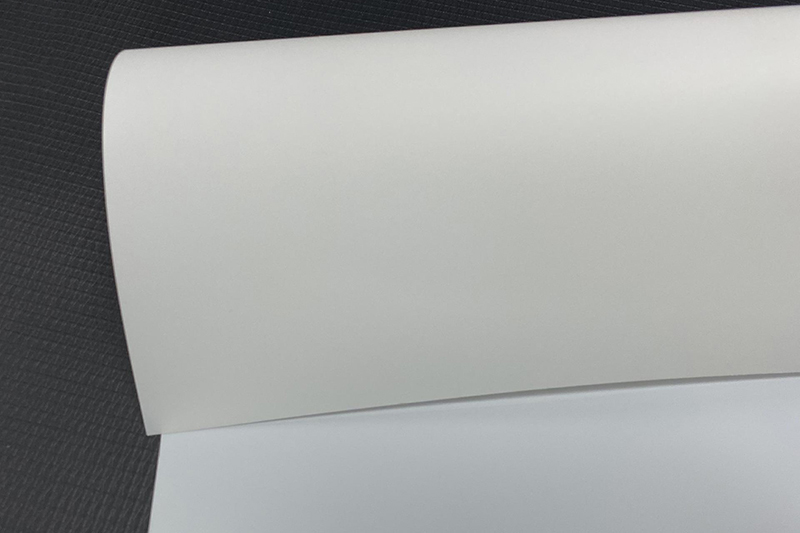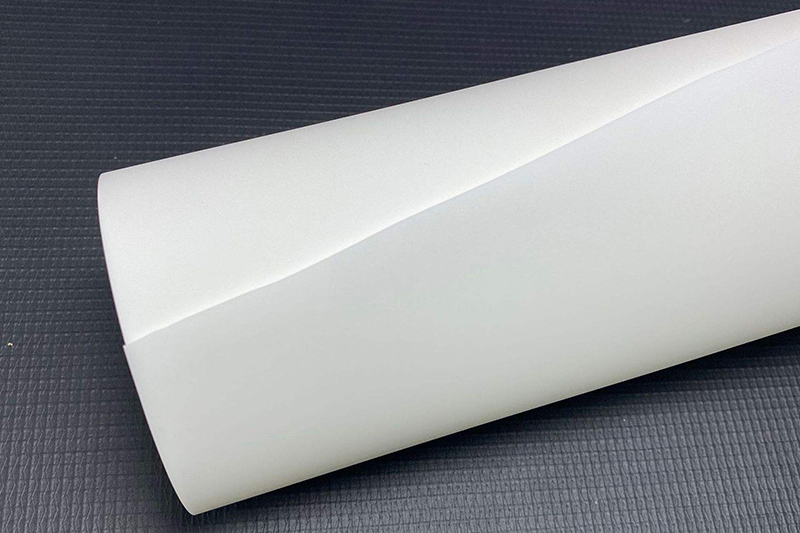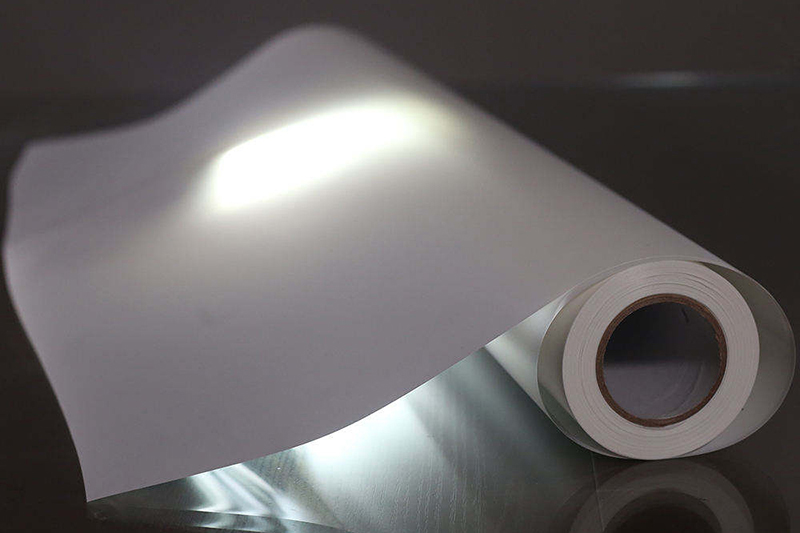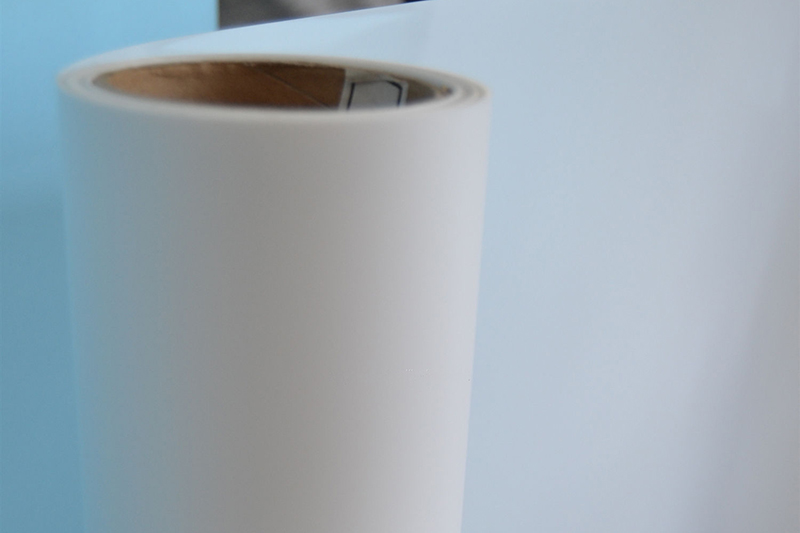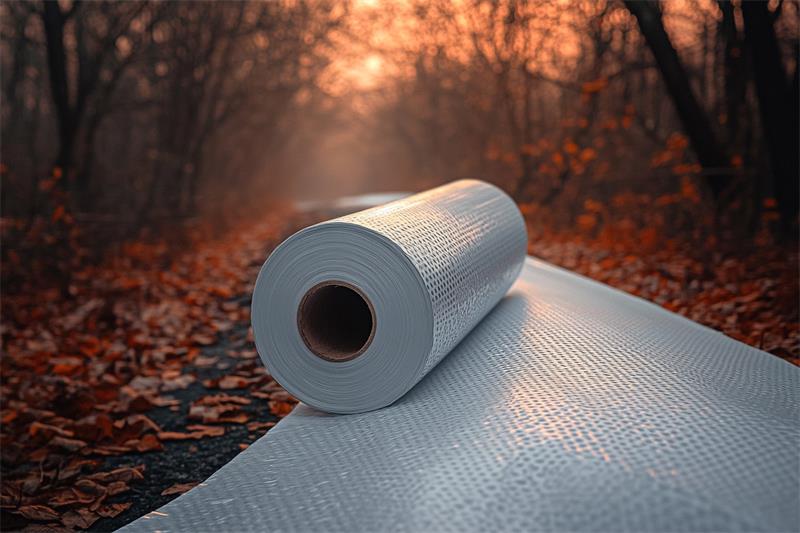PVC foam board has become a staple in the advertising world, offering a versatile and cost-effective solution for businesses of all sizes. Its lightweight nature, durability, and smooth printable surface make it ideal for a wide range of applications, from eye-catching storefront displays to informative trade show booths. This article explores the benefits of using PVC foam board for advertising and how it can help your business make a big impact.
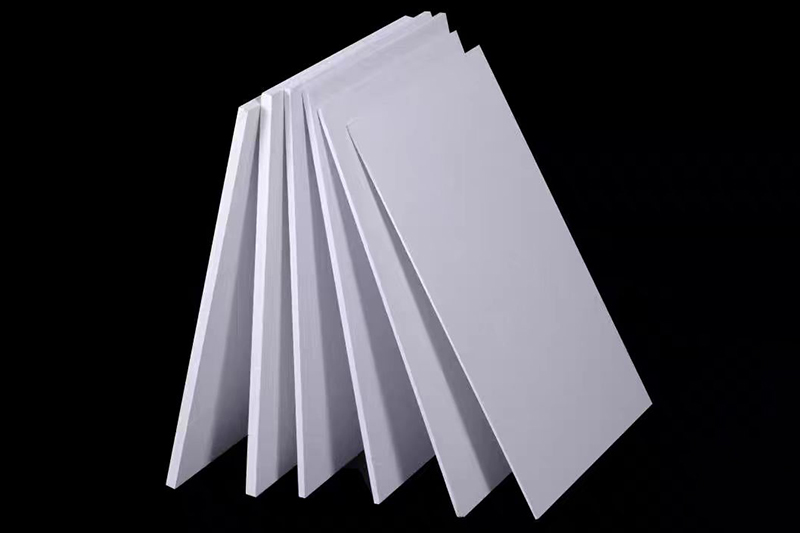
The Advantages of PVC Foam Board
One of the most significant advantages of PVC foam board is its versatility. Available in various thicknesses and sizes, it can be easily customized to fit any advertising need. Whether you require a small, A4-sized sign or a large-scale banner, PVC foam board can accommodate your requirements. This adaptability makes it suitable for a diverse range of advertising applications, including:
Retail Signage: PVC foam board is an excellent choice for creating vibrant and attention-grabbing in-store displays, promotional signage, and sale announcements. Its lightweight construction allows for easy installation and repositioning, making it ideal for dynamic retail environments.
Trade Show Displays: Creating a professional and engaging presence at trade shows is crucial for attracting potential customers. PVC foam board provides a lightweight and portable solution for building booth backdrops, product displays, and informational panels. Its smooth surface ensures high-quality printing, allowing your brand messaging to stand out.
Real Estate Signage: "For Sale" and "Open House" signs made from PVC foam board are weather-resistant and durable, ensuring they remain visible and effective in outdoor environments. Their affordability also makes them a practical choice for real estate agents and property developers.
Event Signage: From directional signs to welcome banners, PVC foam board is a reliable choice for event signage. Its easy customization and portability make it ideal for directing attendees, promoting sponsors, and enhancing the overall event experience.
Menu Boards: Restaurants and cafes can utilize PVC foam board to create attractive and easily updated menu boards. The material's smooth surface makes it easy to clean and maintain, ensuring a professional presentation.
Durability and Weather Resistance
PVC foam board's closed-cell structure makes it resistant to moisture, rot, and warping, ensuring its longevity, even in challenging environments. This durability makes it an excellent choice for outdoor signage, as it can withstand exposure to the elements without deteriorating. This inherent weather resistance translates to a longer lifespan for your advertising materials, reducing the need for frequent replacements and ultimately saving you money. Investing in durable PVC foam board ensures your message remains clear and impactful for an extended period.
Print Quality and Visual Appeal
The smooth, even surface of PVC foam board provides an excellent substrate for printing, allowing for vibrant, high-resolution graphics. Whether you choose digital printing, screen printing, or vinyl lettering, PVC foam board ensures your message is displayed with clarity and impact. This superior print quality enhances the visual appeal of your advertising materials, capturing the attention of potential customers and effectively communicating your brand message.
While traditional PVC has raised environmental concerns, advancements in manufacturing have led to the development of more eco-friendly PVC foam board options. Some manufacturers now offer PVC foam board made with recycled content or formulated with fewer harmful chemicals. When choosing PVC foam board for your advertising needs, consider opting for these more sustainable alternatives to minimize your environmental impact.

